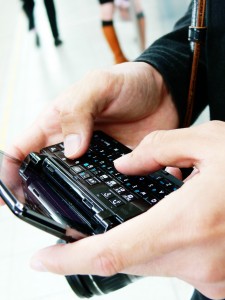I recently asked MicroSolved COO, Dave Rose, to share his thoughts with all of us about the vCISO program. He has been leading the effort this last year across several credit unions and regional banks around the US. I asked him for the 3 biggest benefits an organization can expect and here is what he said:
“MicroSolved has been providing vCISO services to Credit Unions for over 20 years. Whether you are a corporate or a natural person CU, hiring MSI for vCISO Services will allow you to:
- Obtain CISO expertise without having to incur the expense of finding and hiring a CISO. This is an affordable solution that will help keep the risk budget under control.
- MSI vCISO program comes with the benefit of a focus towards financial expertise and compliance. MSI has had extensive experience working with banks and credit unions on their risk programs, and have spent time educating regulators on risk events and controls.
- MSI is in the business of mitigating risk. We live it everyday and our clients benefit from that experience. Our clients get to pick the risk work they want resolved and the issues they want remediated.
You will be hard pressed to find a more efficient and cost effective way to address risk issues and move the regulatory needle. Don’t bear the burden of mitigating risk alone, let MSI be a partner to help you solve your risk needs!”
—Dave Rose
For more information, give us a call at 614-351-1237 or email us at info@microsolved.com.

